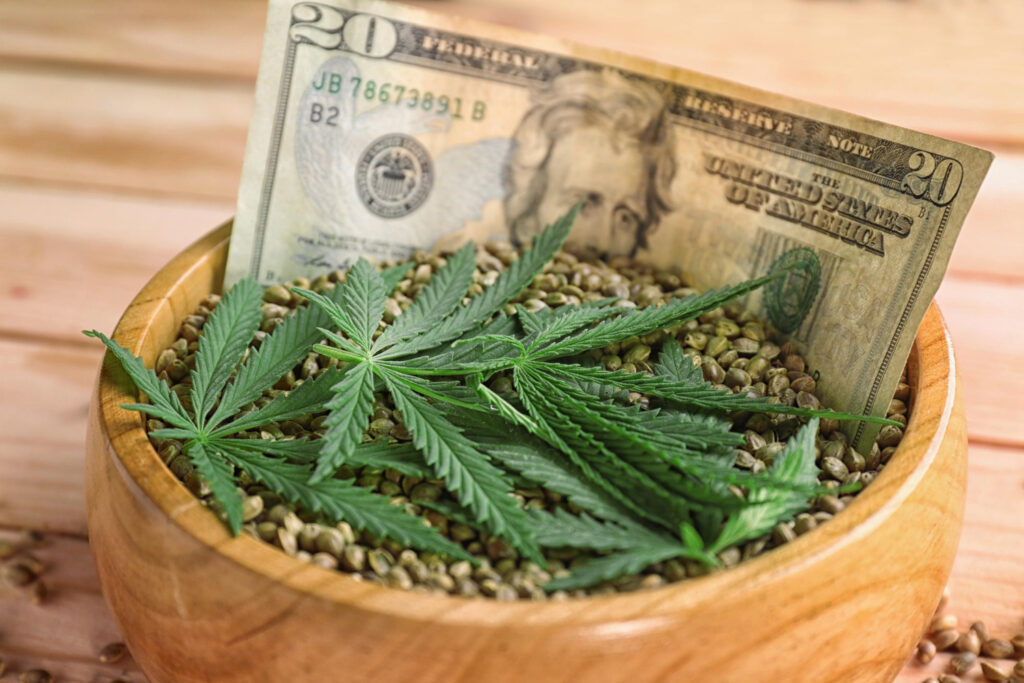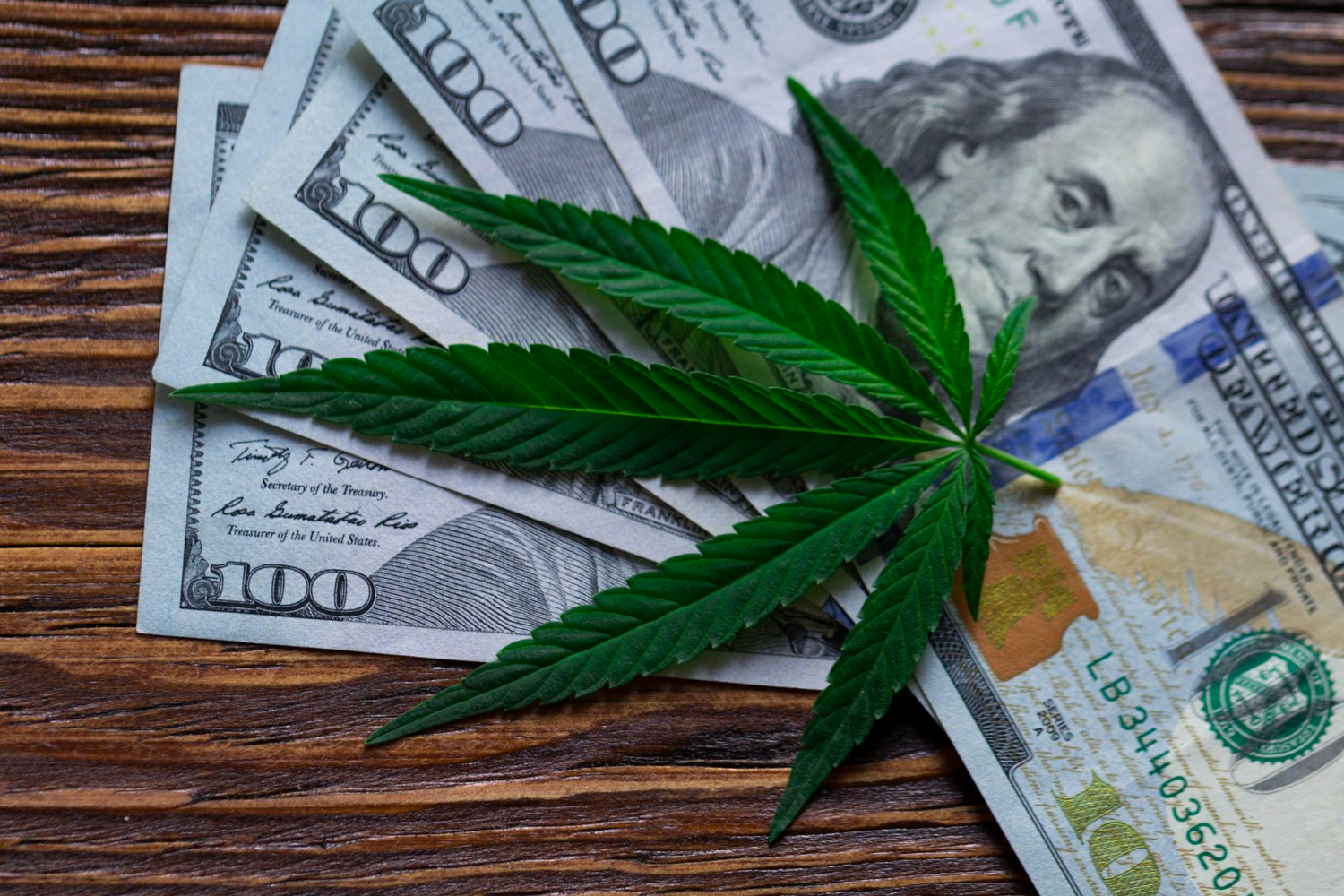The industrial hemp market is undergoing an extraordinary transformation, with its global value estimated at $7.75 billion in 2025 and projected to climb to an impressive $38 billion by 2035. This surge reflects hemp’s unique position as a sustainable, versatile raw material in a world increasingly focused on eco-friendly production and renewable resources. From textiles and construction to health and wellness, hemp is emerging as a cross-industry powerhouse. Its fast growth cycle, low environmental impact, and ability to thrive in diverse climates have made it a crop of choice for forward-thinking farmers and manufacturers. As consumer preferences shift toward sustainable and health-conscious products, the demand for hemp-derived goods continues to rise across multiple sectors, setting the stage for a decade of rapid innovation and market expansion.
Textiles: Sustainable Fashion’s Rising Star

One of the strongest drivers of hemp’s growth is its application in textiles, where it offers a durable, breathable, and environmentally friendly alternative to conventional fabrics like cotton and polyester. Hemp fiber requires far less water and pesticides to produce, making it highly attractive to brands committed to sustainable fashion. In 2025, leading apparel companies are integrating hemp into everyday clothing, activewear, and high-end fashion collections. Its natural antimicrobial properties, UV resistance, and ability to soften with use have won over both designers and consumers. The industry’s move toward circular fashion — with a focus on recyclable, biodegradable materials — aligns perfectly with hemp’s properties, ensuring its place in the future of clothing manufacturing.
Construction: Building a Greener Future
Hemp’s role in sustainable construction is also expanding rapidly. Hempcrete, an insulating material made from hemp hurds and lime, is gaining popularity as a carbon-negative alternative to traditional concrete. It offers excellent thermal performance, moisture regulation, and durability, while sequestering carbon dioxide during production. In 2025, several countries are updating building codes to accommodate hemp-based materials, fueling demand from eco-conscious developers. Beyond hempcrete, hemp fibers are used in insulation, composite panels, and even bioplastics for construction components. With governments and the private sector committing to greener infrastructure, hemp is becoming a cornerstone of climate-friendly building practices.
Wellness and Nutraceuticals: From Seed to Supplement
The health and wellness sector has embraced hemp products for their nutritional and therapeutic benefits. Hemp seeds are rich in plant-based protein, omega-3 and omega-6 fatty acids, and essential minerals, making them a popular addition to health foods, smoothies, and snacks. Hemp-derived oils, including hemp seed oil and CBD oil, are increasingly incorporated into dietary supplements, skincare, and personal care products. In 2025, innovation in hemp-based wellness items is on the rise, with companies exploring new formulations and delivery methods such as gummies, infused beverages, and topical balms. This diversification helps hemp maintain a strong presence in the health-conscious consumer market.
Organic Farming and Sustainability Trends
A significant trend shaping the industrial hemp boom is the emphasis on organic farming. As demand for clean-label, chemical-free products grows, hemp’s natural resistance to pests and adaptability to organic cultivation make it an ideal crop. Organic hemp farming supports soil health, biodiversity, and sustainable land use, aligning with global agricultural goals for 2030 and beyond. Many producers are adopting regenerative farming practices, using hemp in crop rotations to improve soil structure and reduce reliance on synthetic inputs. This sustainable approach not only appeals to environmentally aware consumers but also positions hemp as a leader in the shift toward eco-resilient agriculture.
Cross-Industry Partnerships and Innovation
The versatility of hemp is encouraging unprecedented collaboration between industries. Partnerships between textile manufacturers, construction companies, and wellness brands are creating new hybrid products and expanding hemp’s market reach. For instance, hemp-based composites are finding their way into automotive interiors, packaging solutions, and even aerospace applications. In 2025, research and development are focused on improving processing efficiency, enhancing material properties, and scaling production to meet rising demand. This innovation, combined with increasing regulatory support, is expected to drive hemp into mainstream production across multiple sectors by the mid-2030s.
Outlook: A Decade of Opportunity

With its multi-industry potential and alignment with global sustainability priorities, industrial hemp is set for a decade of exponential growth. While challenges remain, including processing infrastructure gaps and regulatory variations between countries, these are gradually being addressed through investment and policy reform. By 2035, hemp is expected to be a common material in everyday products, from the clothes we wear to the buildings we live in and the foods we eat. Its journey from niche agricultural commodity to global industrial staple underscores its role as one of the most promising crops for the future economy.

Leave a Reply